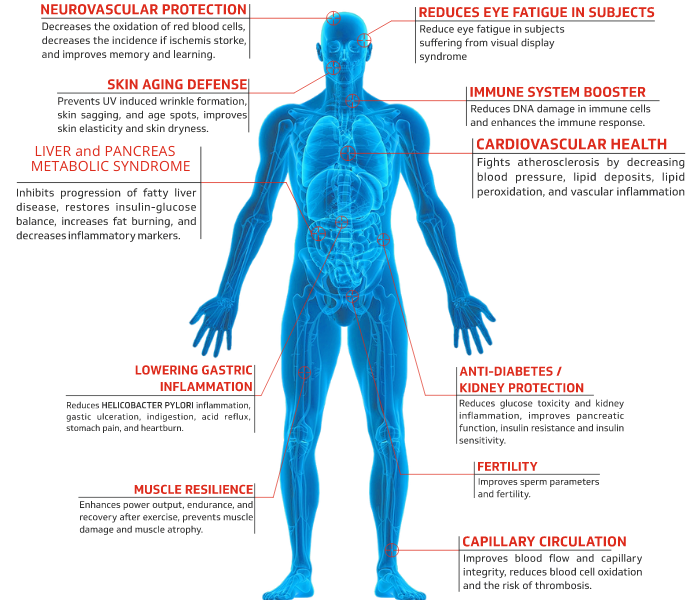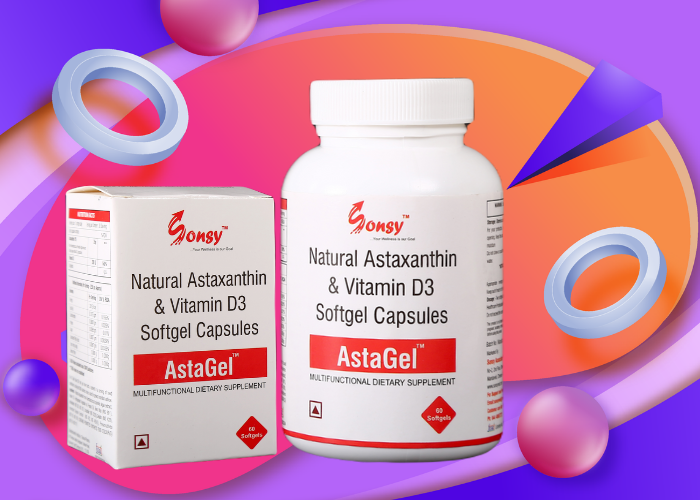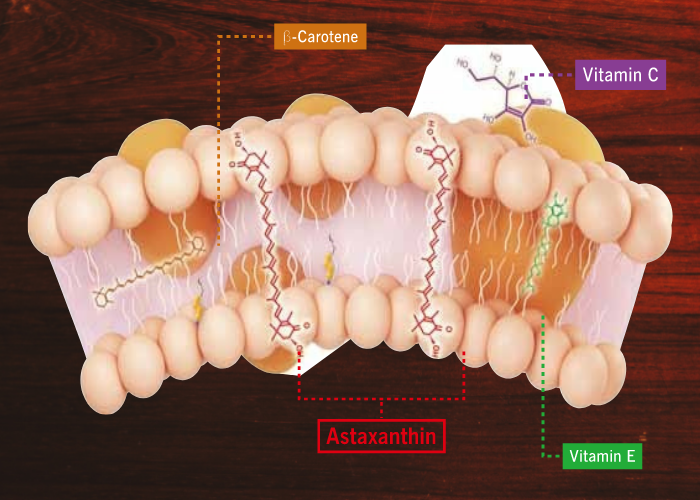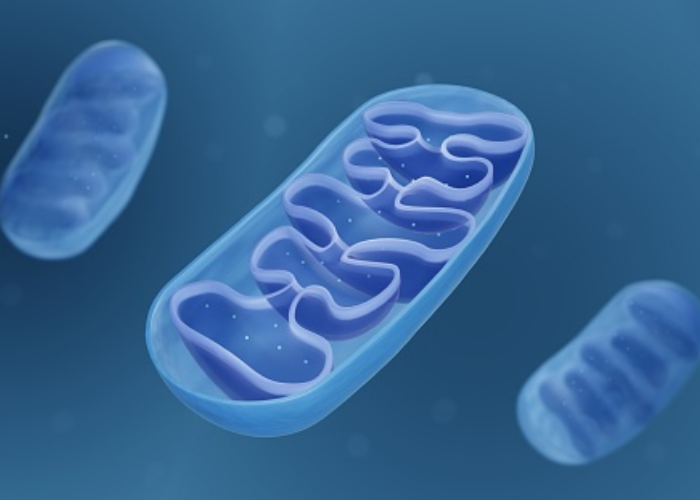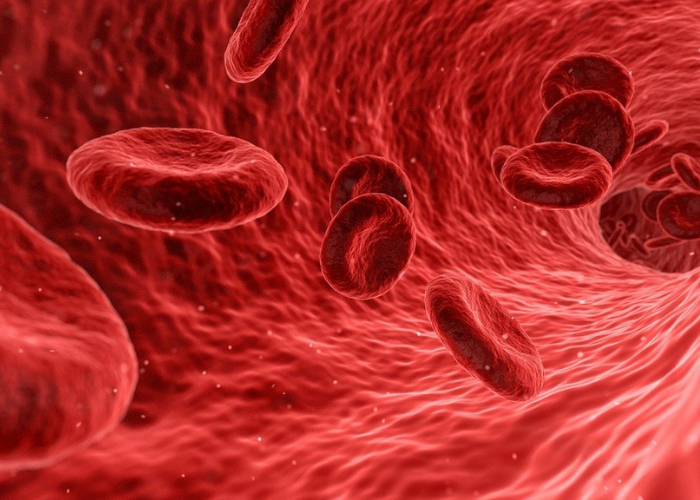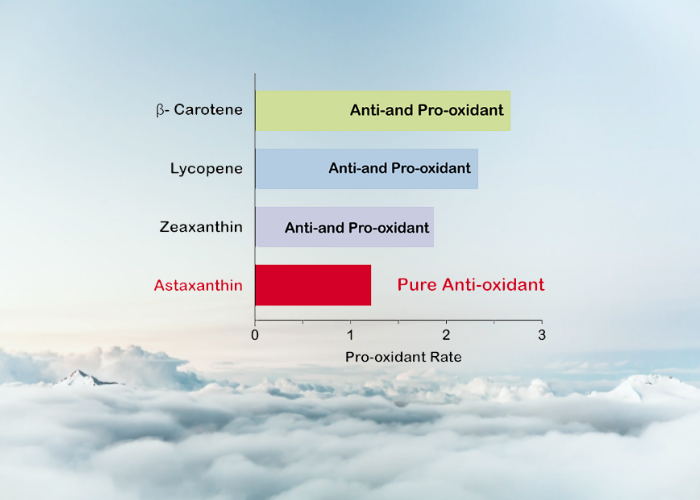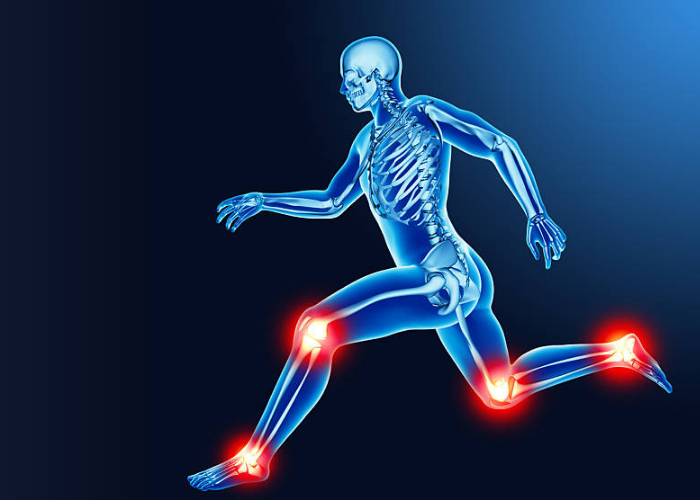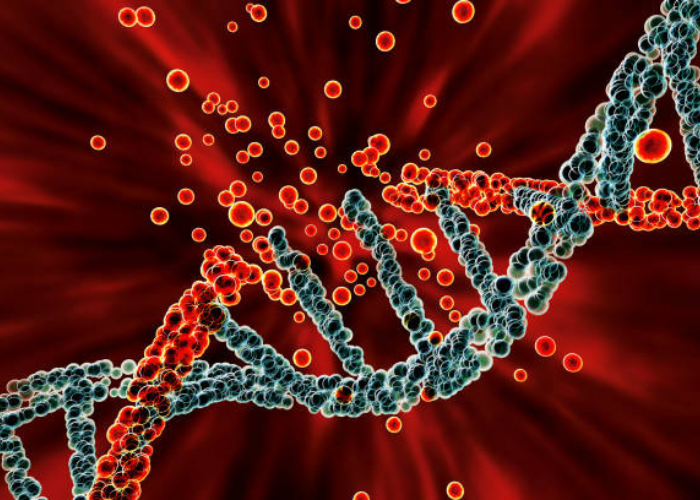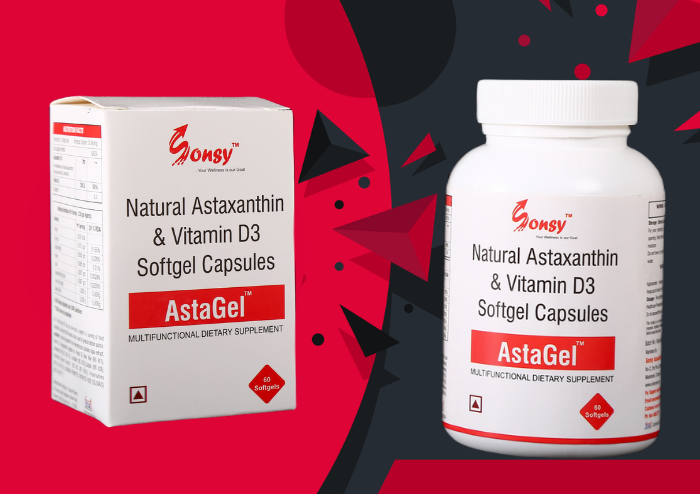
About Astaxanthin
Natural Astaxanthin
Astaxanthin is a naturally-occurring carotenoid (organic color pigment) produced by the microalgae Haematococcus Pluvialis as a defense mechanism against harsh environmental conditions. For humans, astaxanthin is one of the most known powerful natural Antioxidants, with numerous health benefits that are supported by extensive scientific research, including human clinical trials.
Sonsy believes in empowering its members with the opportunity to lead their lives on their terms. With the motto of spreading Wealth, i.e.spreading wealth through wellness, Sonsy has continued to enrich the lives of everyone who is a part of the company and those who believe in its products.
